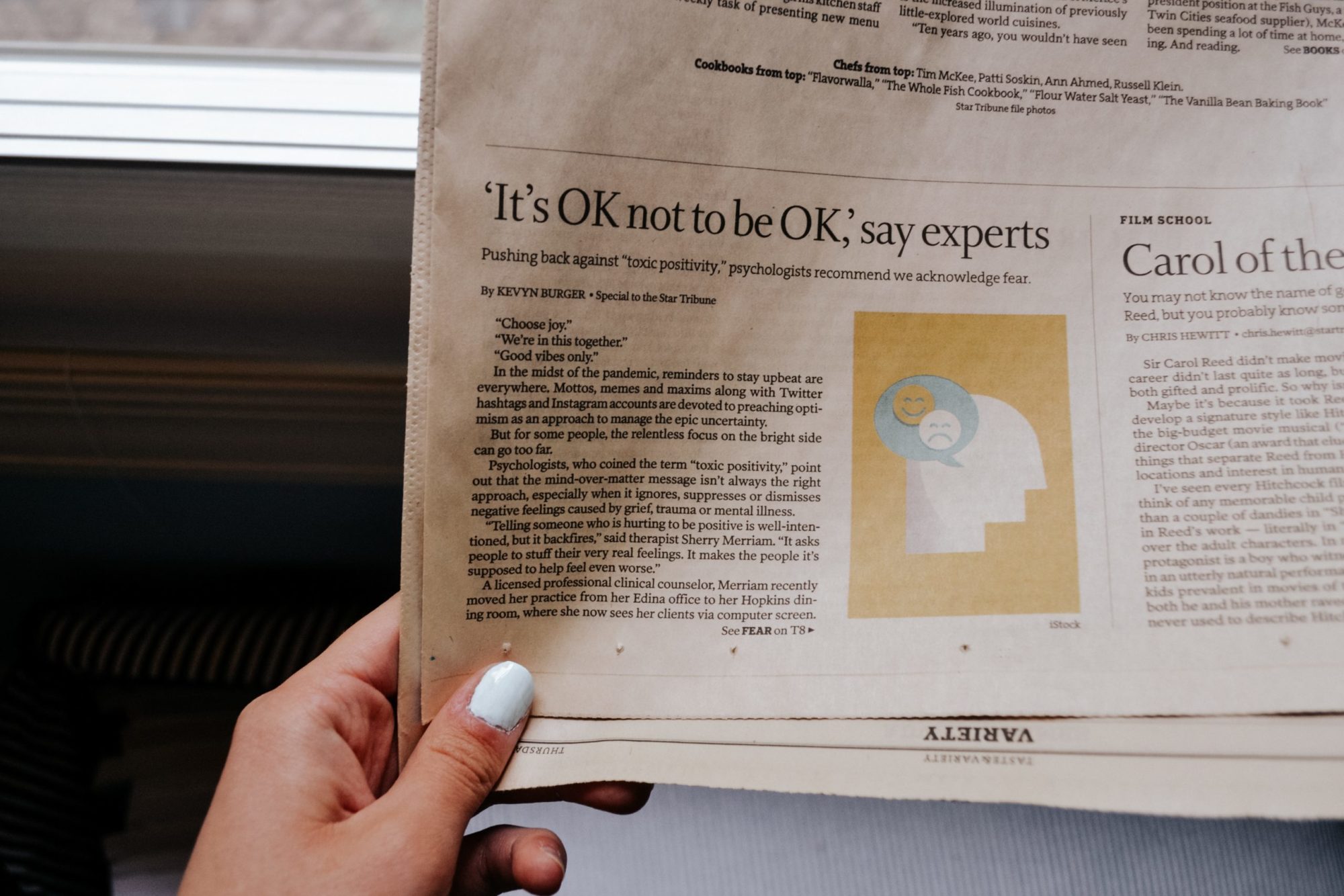Hey Novel Hand readers! This week for our “Five Things” series, we’re featuring recommendations from our interns. Read on for five ways to beat the quarantine boredom and educate yourself about social issues.
Read How to Do Nothing: Resisting the Attention Economy by Jenny Odell
“Nothing is harder to do than nothing.”
Like many of us, I had been struggling to retain structure and be “productive” while staying at home. My screen time went up dramatically, a constant stream of content being fed to my restless mind. And then I came across Odell’s book, which she calls “a four-course meal in the time of Soylent.” How to Do Nothing challenges capitalism’s definition of productivity and urges readers to redefine their ideas of worth and usefulness. The book talks about how every moment of our time has been monetized by the technologies we use everyday, be it Instagram or your email. Ironic for something called “How to Do Nothing,” this book offers an action plan to break out of capitalist ideas of efficiency and techno-determinism, and fully experience each moment as an end in itself.
Pragya
Send a Letter of Love!
There are a couple organizations on Vanderbilt’s campus that I have seen doing this, and I think it’s a great way to use some of your free time in quarantine and creativity to provide comfort to those in hospitals or the elderly, many of whom are isolated by themselves for fear of contracting COVID-19. In hospitals, many are still not letting patients have visitors, leaving many patients alone and relying on video chat and health care staff to provide any form of comfort. Writing a letter or two to someone is an easy way to put a smile on their face and show them people are thinking of them and care about them. Check out lovefortheelderly.org/ for more information and ideas on how you can help “fight loneliness with love” and use your time at home to bring a smile to someone’s face.
Kelly
Read Period Power: A Manifesto for the Menstrual Movement
Finally getting a copy of this book reminded me of when I was first introduced to Nadya Okamoto and her efforts to address period poverty: scrolling down to a video about her on Facebook. Perhaps what caught my attention was the focus on menstruation, a topic that I have rarely seen be discussed openly in public, or maybe it was that her experience with housing instability and witnessing the lack of proper menstrual hygiene products among homeless populations led to (at age 16!) founding the largest youth-run NGO, PERIOD, to address the social and legal aspects of achieving menstrual equity. Regardless, I became aware, almost uncomfortably so, of how stigmatization has the power to cloud the need to address certain issues. However, getting this chance to read Period Power reminds me that despite systemic inhibitions, there is power in disseminating educational information to the general public.
Yuna
Check out the World Economic Forum’s Strategic Intelligence platform
On this interactive website, you can view information maps of country and regional economies, global issues, industries, and the 17 sustainable development goals. Each map breaks the topic down into several subtopics, and each subtopic has several subcategories. For example, if you’re looking at the information map for COVID-19, there are eight subtopics ranging from ‘COVID-19’s effects on the financial markets’ to ‘Finding a vaccine’. For each subtopic, you can view related publications, videos and data. This is a great tool to use to explore new topics!
Alexa
Read In the Dream House by Carmen Maria Machado
This memoir, from the award-winning author of Her Body and Other Parties, discusses the extremely important but often ignored issue of domestic violence in lesbian relationships. Machado weaves together legal information, childhood memories, and past cases of lesbian domestic violence with her own experience in haunting prose. As someone involved in gender-based violence prevention work, this novel helped me to realize how different domestic violence can look in different situations, and how frequently both the legal system and prevention systems fail to address these differences and nuances. Machado describes how she herself had never encountered narratives or examples of domestic violence within the lesbian community, and by writing this novel, she creates a kind of archive and source of information on this issue. Reading this novel helped me to better understand how to address and prevent sexual violence in the LGBT+ community, and how both stereotypes and homophobia in the past have prevented violence in these communities from being adequately addressed. (Content warning for domestic violence)
Eve
- College Football, Ariana Grande, and Water - September 3, 2023
- Livestock and Land Use: How Are We Feeding The Planet? Impactfull April 2022 - April 19, 2022
- What Does Voluntourism Look Like? A Case Study in a Cambodian Orphanage - March 28, 2022
